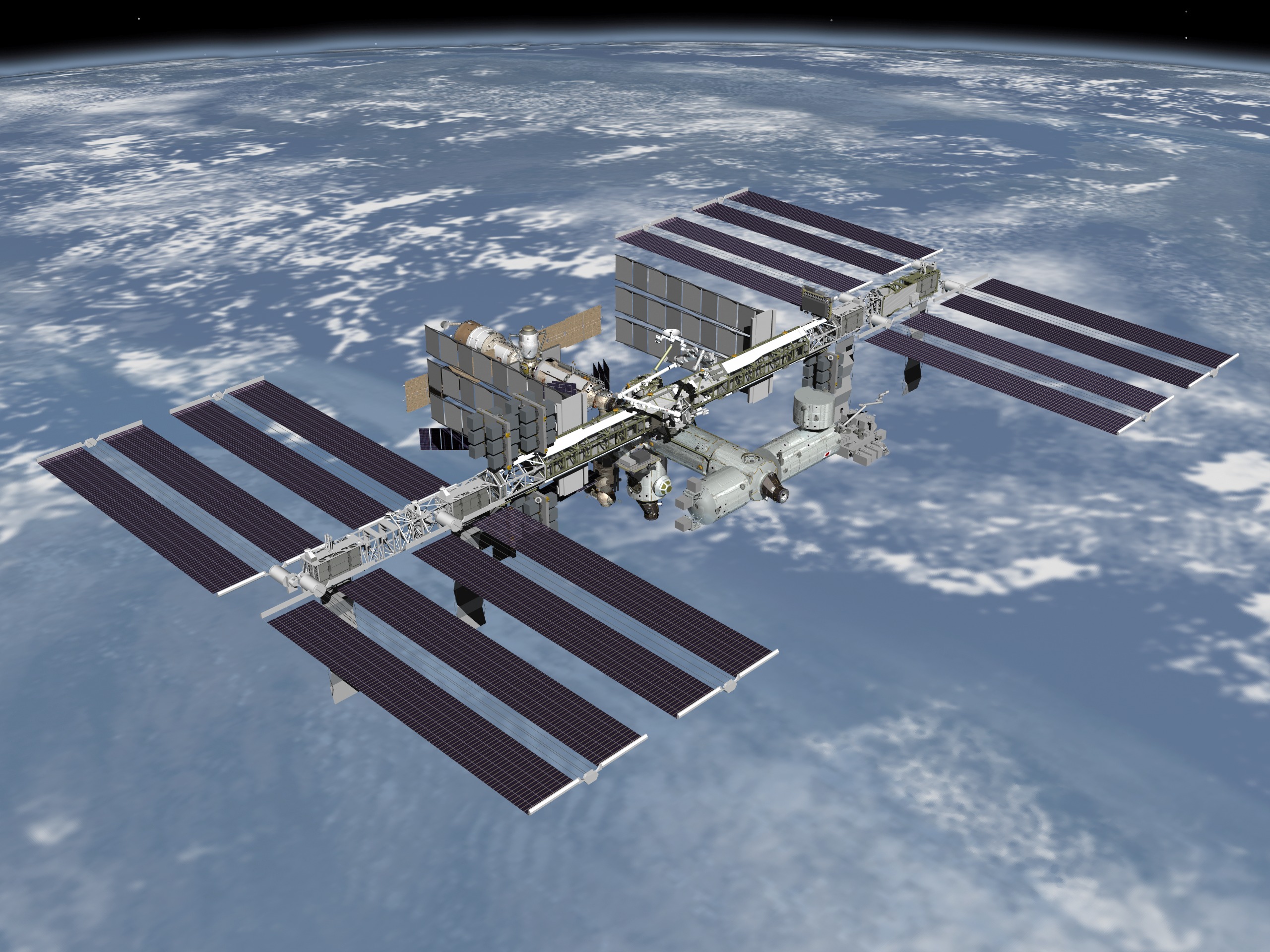NanoRacks reports on a delivery of payloads to the ISS including three CubeSats which are part of NASA’s Educational Launch of Nanosatellites (ELaNa) mission.
Houston, TX – August 16, 2017 – SpaceX’s Dragon spacecraft successfully berthed to the International Space Station (ISS) on Wednesday after their twelfth commercial resupply (CRS) mission launched from Kennedy Space Center’s Launch Complex 39A in Cape Canaveral, Florida. The CRS-12 Dragon carried 32 of NanoRacks’ customer payloads to the ISS.
Notably on this mission was the U.S. Army Space and Missile Defense Command (SMDC) and Adcole-Maryland Aerospace’s Kestrel Eye IIM (KE2M) satellite. This satellite is a technology demonstration seeking to validate the concept of using microsatellites in low-Earth orbit to support critical operations. The overall goal is to demonstrate that small satellites are viable platforms for proving critical path support to operations and hosting advanced payloads.
KE2M is the second flagship satellite in NanoRacks’ Kaber Deployment Program. NanoRacks Kaber Deployment Program allows for a larger EXPRESS class of satellites to be deployed from the International Space Station, up to 100 kilograms. NanoRacks deploys these Kaber-class satellites currently through the Japanese Experiment Module Airlock, and will shift deployments to the NanoRacks Airlock Module when the Company’s commercial Airlock becomes operational (planned for 2019).
On this mission are also three satellites that were selected for flight by NASA’s CubeSat Launch Initiative (CSLI) as part of the twenty second installment of the Educational Launch of Nanosatellites (ELaNa) missions, and sponsored by the NASA Launch Services Program (LSP). These include NASA Jet Propulsion Lab’s (JPL) ASTERIA, Goddard Spaceflight Center’s DELLINGR, and Pennsylvania State University’s OSIRIS-3U. These CubeSats have a target deployment for mid-November.
Additionally, NanoRacks brought 28 DreamUp student experiments to the ISS, which includes the Student Spaceflight Experiments Program Mission 11 (21 MixStix), Israel’s Ramon Foundation (5 MixStix), Cuberider-1, and the Boy Scouts of America (both NanoLab projects).
The Boy Scouts of America (BSA) project, sponsored by the Center for Advancement of Science in Space (CASIS), is the first-ever experiment in space by BSA. The scouts of Troop 209, a part of the Pathway to Adventure Council based in Chicago, are seeking to better understand how bacteria functions in space, and why virulence patterns in space differ from those on Earth.
With the completion of the CRS-12 launch, NanoRacks has now brought over 580 payloads to the International Space Station since 2009.
NanoRacks Press Release

